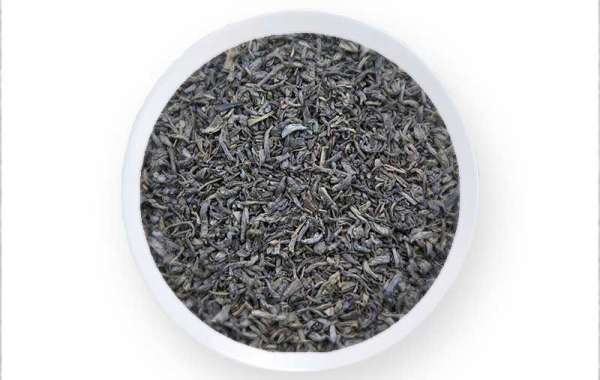Speaking of CHINA GREEN TEA, people often talk about full fermentation, semi-fermentation, and light fermentation. Is this the same fermentation as our common fermented foods such as yogurt, wine, and vinegar?
How are they different?
Today, let’s take a look at the fermentation of tea.
- What is fermentation
Generally speaking, fermentation mostly refers to a certain decomposition process of organic matter by organisms.
The phenomenon of fermentation has long been recognized by people, but it has been nearly 200 years to understand its essence.
Fermentation strictly defined by microbial physiology:
The process in which organic matter is oxidized and degraded by organisms into oxidation products and releases energy is collectively called biological oxidation.
Fermentation defined in industrial production-industrial fermentation:
Industrial production generally refers to all industrial production that depends on the life activities of microorganisms as fermentation, such as beer brewing and monosodium glutamate production.
Fermentation in food:
Fermented food refers to a kind of food manufactured by people using beneficial microorganisms, and has a unique flavor, such as yogurt, cheese, fermented rice, pickles, soy sauce, vinegar, tempeh, rice wine, beer, wine, etc. - Fermentation of tea-biological oxidation
It is often said that Chinese tea is divided into six major tea types according to the different fermentation levels and comprehensive preparation methods.
But the term fermentation here is completely different from the above-mentioned microbial fermentation in the idiom of Chinese tea.
In tea, the same green leaf is processed into green tea, black tea, oolong tea, etc. by controlling biological oxidation. This process is also incorrectly called fermentation.
This process is more like a series of enzymatic reactions, and perhaps more should be called biological oxidation.
The biological oxidation of tea leaves is a series of oxidation processes that the oxidases existing in the cell wall promote catechins after the cell wall is damaged.
In tea cells, catechins exist in the cell fluid.
The oxidase is mainly present in the cell wall, not mainly in microorganisms.
Therefore, it is necessary to break the cell wall. This naturally explains why fermented tea needs to be twisted. According to the different oxidation degree of polyphenols, it is distinguished between full fermentation, semi-fermentation and light fermentation. In black tea, the degree of oxidation of polyphenols is very high, which is called full fermentation; the degree of oxidation of polyphenols in oolong tea is about half, which is called semi-fermentation.
For example, in black tea processing, the purpose of fermentation is to oxidize the catechins contained in the leaves. The color of the leaves changes from green to copper-red, generating the unique color of black tea.
After the cell membrane of the tea liquid is damaged, the polyphenols, amino acids and other substances in the vacuoles are gradually oxidized. At the same time, due to the oxidation of catechins, some of the substances in the leaves undergo chemical action to produce the unique color, aroma and taste qualities of black tea.
If you have interests about CHINA GREEN TEA 41022, you can contact us at any time!








